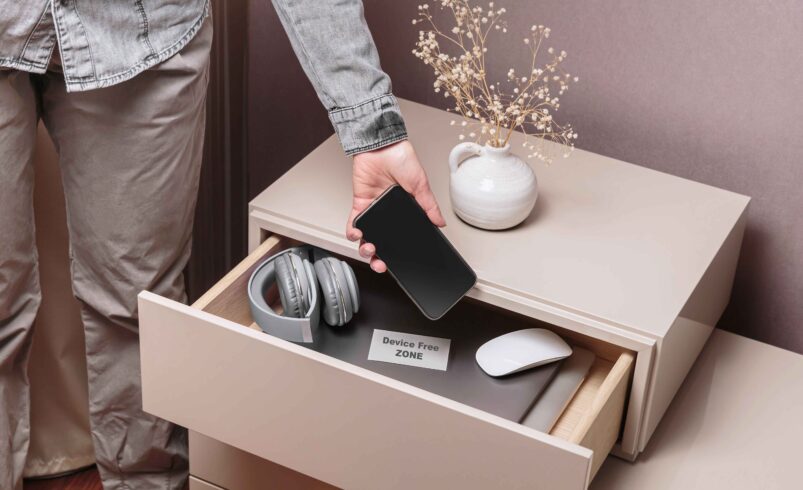Storage Smarts: How to Protect Your Electronics During a Move
- July 4, 2025
- 0
📦 Moving Electronics: Pack Smart, Not Sorry Whether you’re going to a new city, moving across town, or just a new room, packing electronics is not simply placing
📦 Moving Electronics: Pack Smart, Not Sorry Whether you’re going to a new city, moving across town, or just a new room, packing electronics is not simply placing

Whether you’re going to a new city, moving across town, or just a new room, packing electronics is not simply placing the items in a box and hoping for the best. Electronics are fragile, temperature and moisture sensitive, and usually more expensive than you remembered.
At Testergate, we have seen too many devices die during moves—not because they were old or defective, but because of how they were stored. This guide will provide practical tips about protecting your electronics during a move so your gadgets arrive as functional as they left.
No matter how careful you are, accidents happen. A dropped laptop or jostled drive could mean you lost the data forever.
Computers and laptops
External Hard Drives
Game Consoles (save files, game settings)
Smart TVs (preferences, app logins)
Phones and Tablets (either in cloud, or physical drive)
Use both cloud storage and physical backup (USB, hard drive is better).
It is better to be safer than devastated.
Once you’ve pulled apart your cords, it can be incredibly easy to forget which is which. Untangling based on a mystery picture you took weeks ago is no fun.
Masking tape, color coded stickers, or zip ties as markers
Twist ties or Velcro straps to twine cables up with
Put your remotes in resealable bags and label them for the corresponding device
Take a quick picture of the back of every setup, prior to unplugging.
You’ll feel like your future self thanks you for saving yourself an amount of frustration comparable to a small eastern European country.
The original boxes came designed to protect the device, hold it in place, and cushion the delicate areas like screens and vents.
Not a problem. You can use:
Strong, double-walled boxes
Anti-static bubble wrap or foam
Layers of cloth or microfiber in between screens
Screens are often the most fragile— and often the most expensive—part of your electronics.
Wrap in a soft microfiber cloth first (no paper towels, they scratch)
Then wrap layers of bubble wrap
Avoid pressure on the screen — never stack anything on top
When packing TVs and monitors, use corner protectors and pack them upright, like books.
Laying them flat increases the chance of cracking.
Loose or moving parts can shift during transport and damage internal components.
Batteries (especially from remotes or other wireless devices)
Printer ink cartridges
Game discs or Blu-ray discs
SIM cards or SD cards
You may want to place these in a small, clearly labeled bag and keep it in your carry-on or essentials box.
Leaving batteries inside electronic devices during transport can cause leaking or overheating—especially in warm climates.
Inside the vehicle cabin (not the trunk!)
In a sealed container with silica gel packets
Away from windows or vents when being transported
Just a few hours of intense heat can destroy the screens and internal chips.
If you can, it’s always best to transport heavy electronics separately—especially laptops, cameras, and phones!
Unsecure devices will shift around, bang on one another, and take unwanted impact—especially when you are making moves that include long separate movements.
Put heavier items on the bottom
Fill empty spaces with foam or blankets (use that blanket!)
Secure/separate items with dividers or molded inserts whenever it makes sense
After you have packed everything in the box — give it a gentle shake and if you hear things moving — you did not pad enough!
When boxes are clearly marked and labeled, movers (and even you) are generally more careful.
Also, it avoids flipping devices like hard drives or monitors upside down.
The more care you can take with fragile items and packed electronics, the better.
Use bold black markers
Label all four sides of the box
Include both room (i.e., “living room”) and a description of the device (i.e., “living room – gaming console – fragile”)
Use colored dots or symbols on the box so the fragile boxes are easily, conspicuously visible in the unpacking frenzy.
The longer the electronics are in the boxes, the more chance of condensation or issues occurring from movement of the items in their boxes.
Unpack all electrical items and do a visual inspection on the same day
Let items warm to room temperature before plugging in (if the items came from a cold and/or humid environment)
Moving into the new place and plugging everything in at once may mask the individual concerns you have with electronics.
Some items are too valuable or sensitive to put in the moving truck.
Laptops, Tablets, and Phones
Cameras and lenses
External hard drives
Chargers and backup batteries
Smart watches and accessories
Let’s face it, moving can be chaotic—so why spend more money than you need to or break your devices?
A little extra thought and the right process will result in your devices arriving safely, powering on, and working like they never left.
At Testergate, we not only review and recommend tech, but also help you protect it.
The true value of a product comes from more than just price tags and spec sheets; it is also from how long you keep it, how you own it, and of course the peace of mind.
So before you make your next move, save this guide, grab some labels and microfiber cloths, and ensure your devices are taken care of.

